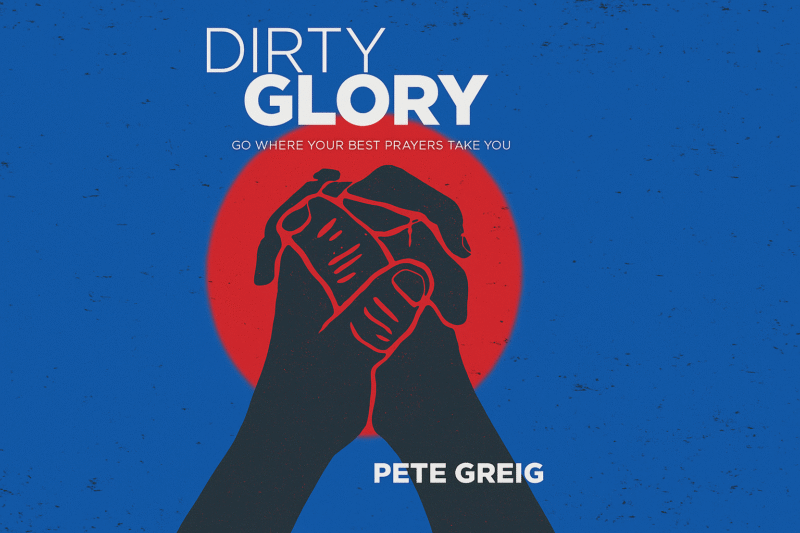
This is a review of Competing Values Leadership (Second Edition) by Kim S. Cameron, Robert E. Quinn, Jeff Degraff, and Anjan V. Thakor. The Second Edition of Competing Values Leadership was released by Edward Elgar Publishing Limited in 2014. As a resource, this title appears in the New Horizons in Management Series, also from Edward Elgar Publishing.
Encountering the Competing Values Framework
I first encountered the idea of the Competing Values Framework through City Vision University, when I was completing a Graduate Certificate in Non-Profit Management. Though I was briefly introduced to the idea, I did not consider it much. Later, when working through the Master of Business Administration program also at City Vision University, I read and worked through this book extensively. This time around I found myself reflecting much more on this framework. In learning to learn how to apply it to leadership, organizational effectiveness, change in the organization, and to promote more holistic value creation in an organization, I came to appreciate its uses. It is an interesting read that causes deep reflection on your leadership and the organization you lead/work for, and it helps you analyze places in which these complement or create hindrances.
A Look At The Framework
The Competing Values Framework is a complex and complicated framework that is used to map where an organization is, where it needs to grow or change, and to help create shared understandings by identifying the warring tensions within organizational culture and behavior. Though I do not think that this would work in every context, most contexts would benefit from mapping themselves through such a framework.
This model is used to understand and assess organizational culture by identifying four major types of organizational culture: Clan, Adhocracy, Hierarchy, and Market. Each culture type emphasizes different values, such as collaboration, innovation, stability, and competitiveness, respectively. The framework helps organizations diagnose their current culture, understand its strengths and weaknesses, and develop strategies for alignment with their goals and objectives. The quadrants of the Competing Values Framework fall along two axes: the horizontal axis represents the organizational focus, ranging from internal focus to external focus, while the vertical axis represents the organizational preference for flexibility and discretion versus stability and control. The Clan culture emphasizes internal focus and flexibility, the Adhocracy culture focuses externally with an emphasis on flexibility, the Hierarchy culture prioritizes internal focus and control, and the Market culture emphasizes external focus and stability.
A Few Possible Downfalls
Certainly, there are downfalls to any model. The last chapter of this book deals with some of the criticisms of this framework. Some of the basic criticisms include being overly formulaic, oversimplification, quadrants that don’t work in every context, and too many nuances for real-world contexts.
Competing Values Framework: A Worthy Read
Outside of learning how tension is shaping your organization in positive and negative ways, the strength of this book includes understanding the roles of these quadrants in organizations (Chapters 1 and 3), but also learning the value of both/and thinking within the organization (Chapter 4). Additionally, analyzing leadership fit through 360 reviews (Chapter 7) and learning what practices can bring about growth in each quadrant (Chapter 8) are also essential focuses.
Buy on Competing Values Framework on Amazon



